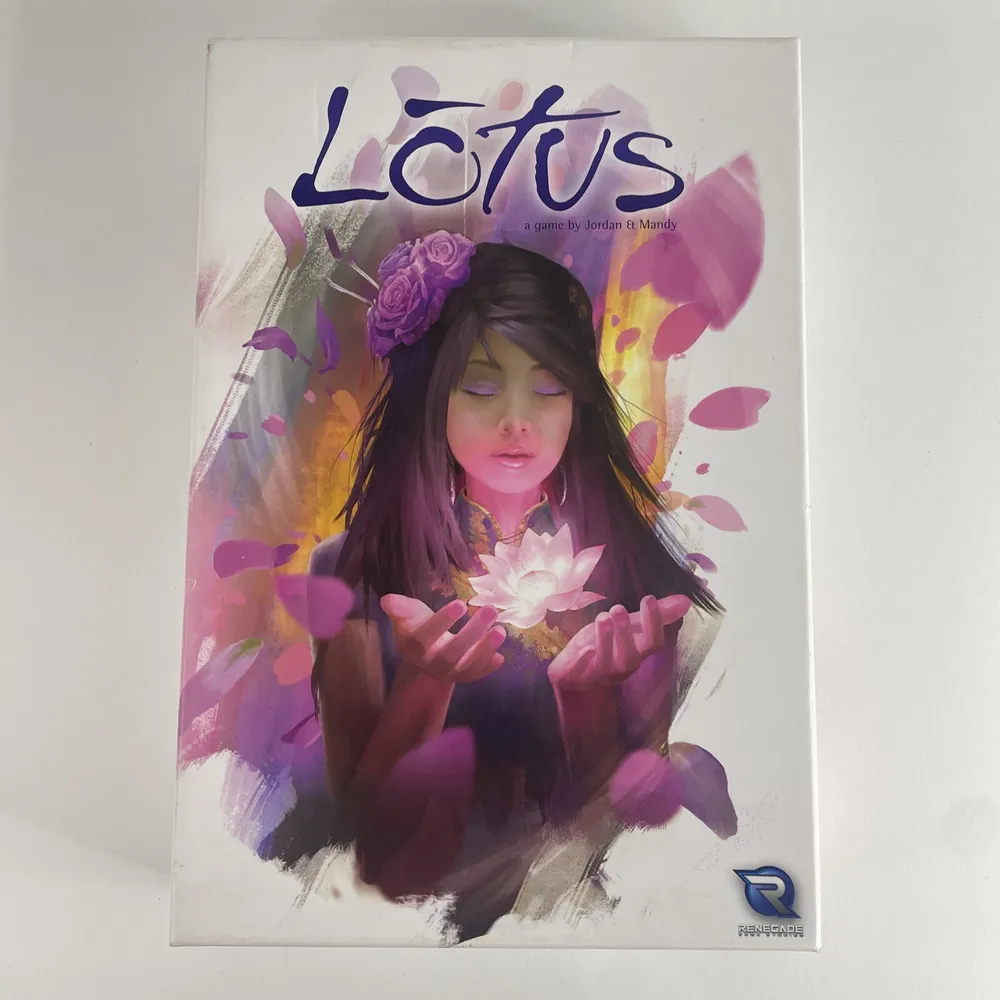Lotus (1998)
Lotus
Lotus is a board game for two to four players, developed by Dominique Tellier and published by Ravensburger Spieleverlag. The game board is hexagonal and contains a large image of a Chinese dragon in the middle, as well as a Chinese character in each board position. The objective of the game is to move one’s pieces off the board before the other players.
Why is Lotus Popular?
Lotus is a beautiful game that grows into a unique work of art every time you play. The game is popular for its unique Gameplay Mechanics of Lotus and beautiful artwork. It is also significant for its cultural references to Chinese mythology and symbolism.
Game Components of Lotus
How To Setup Lotus
To set up Lotus, players stack their pieces in the middle of the board. For a two-player game, one player gets ten white pieces and the other gets ten black pieces, stacked as one stack of four, one stack of three, one stack of two, and one stack of one. For three or four players, each player gets six pieces, stacked in stacks of three, two, and one.
Gameplay Mechanics and Game Objective
Player Experience
Lotus offers a engaging and strategic gameplay experience, requiring players to think ahead about how to stack and move their pieces efficiently. The inclusion of trampoline spaces adds an element of chance and excitement, while the rule against backward movement amps up the challenge.
Pros
Cons
Personal Thoughts on Lotus
Lotus is ideal for those who enjoy abstract strategy games and are looking for a challenge that is both fun and intellectually stimulating. It’s a great game for families or casual gamers who want to step up their board game experience. However, it may not be the best fit for those who prefer games with more thematic elements or direct competition.
We are supported by our audience. When you purchase through links on our site, we may earn an affiliate commission, at no extra cost for you. Learn more.

